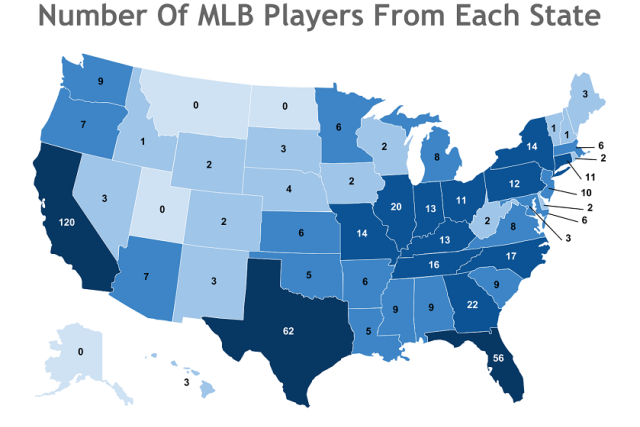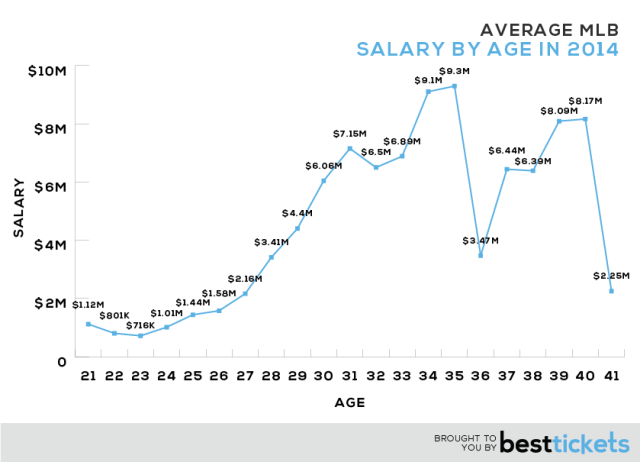mr marcus
Banned
- 26,572
- 5,415
- Joined
- May 3, 2010
Yea it sucks....both of those plays were  tho
tho
 tho
thoFollow along with the video below to see how to install our site as a web app on your home screen.

Note: this_feature_currently_requires_accessing_site_using_safari
 tho
thoUnfortunately the truth, unreal plays.Yea it sucks....both of those plays weretho

Boss move.


First Phillips, now Hamilton. Game should've been over twice...on to the 15th.
Yea it sucks....both of those plays weretho


 and Chris Johnson (also 79) on a semi-regular or more basis. When the entire offense is so wretched that as a team, their .302 OBP — and yes, I have filtered out the pitchers, so this is only the guys actually paid to hit — is No. 28 in baseball, it’s hard to single out the guy who’s been more “meh” than “flaming poisonous tire fire” when there’s more than one of the latter around.
and Chris Johnson (also 79) on a semi-regular or more basis. When the entire offense is so wretched that as a team, their .302 OBP — and yes, I have filtered out the pitchers, so this is only the guys actually paid to hit — is No. 28 in baseball, it’s hard to single out the guy who’s been more “meh” than “flaming poisonous tire fire” when there’s more than one of the latter around.


1st renderings of new Braves Ballpark


Ballpark looks nice. Is it me or do they have 5 decks of seating? Never really seen that before.


1st renderings of new Braves Ballpark




They do when it comes down to money.Wins don't matter as a pitching statistic. The fact he has 0 wins is pretty much irrelevant.
Wins don't matter as a pitching statistic. The fact he has 0 wins is pretty much irrelevant.